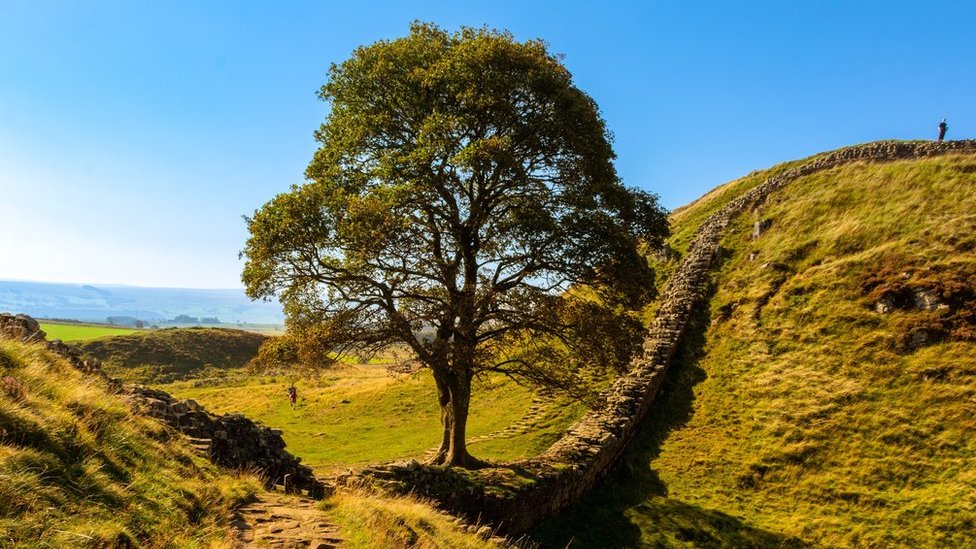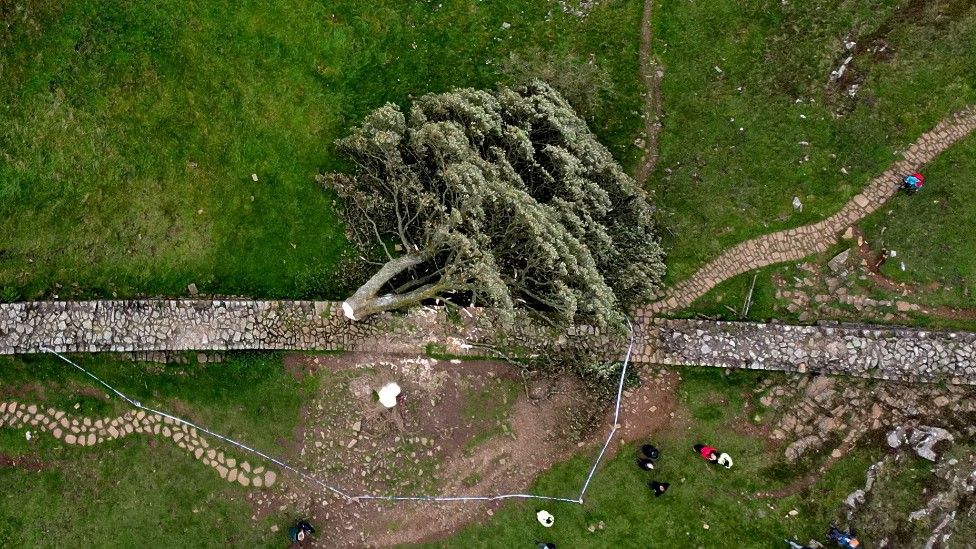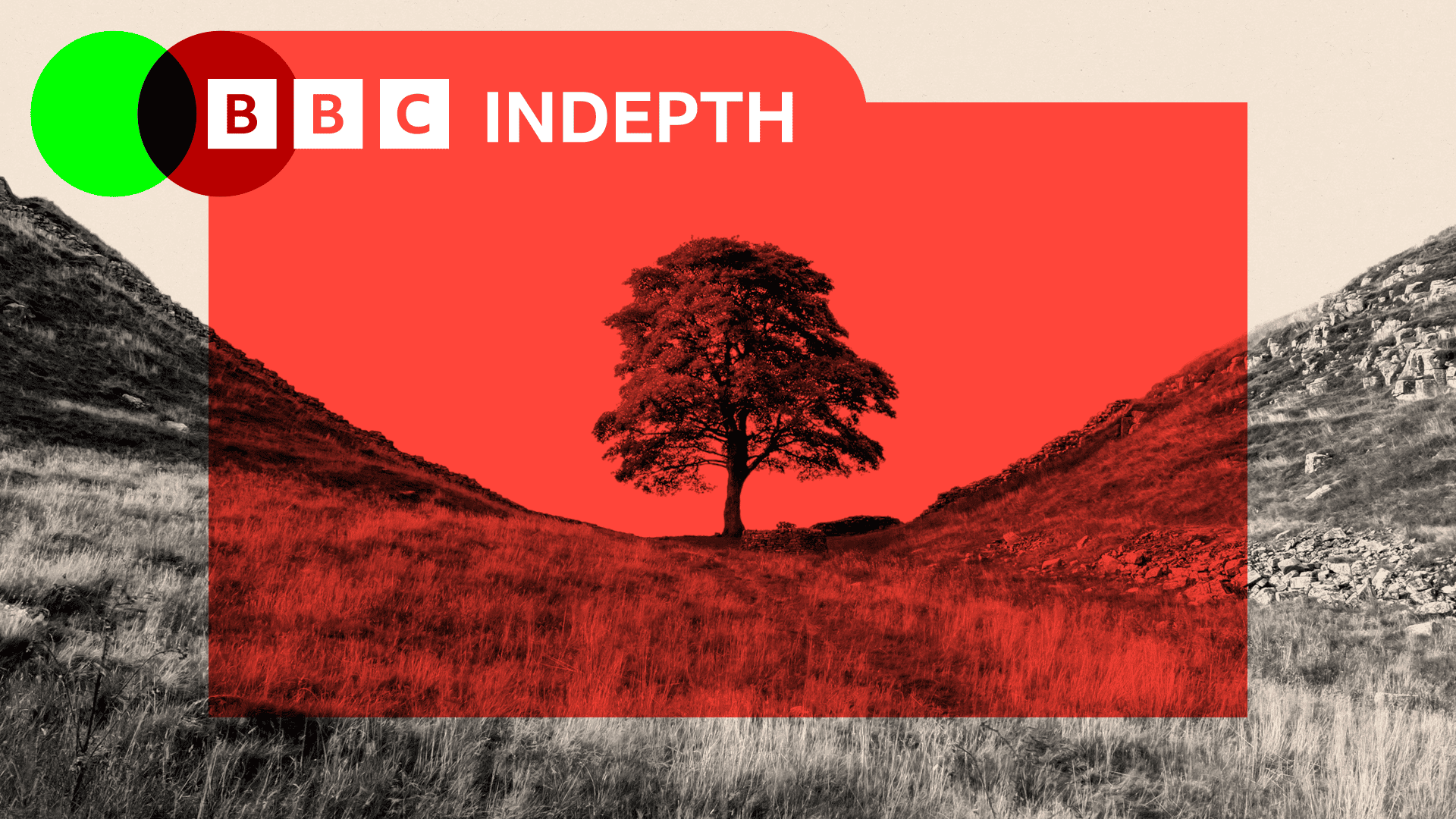- UK
The lone tree at Northumberland’s Sycamore Gap was one of the most photographed in the country before it was deliberately cut down in September 2023.
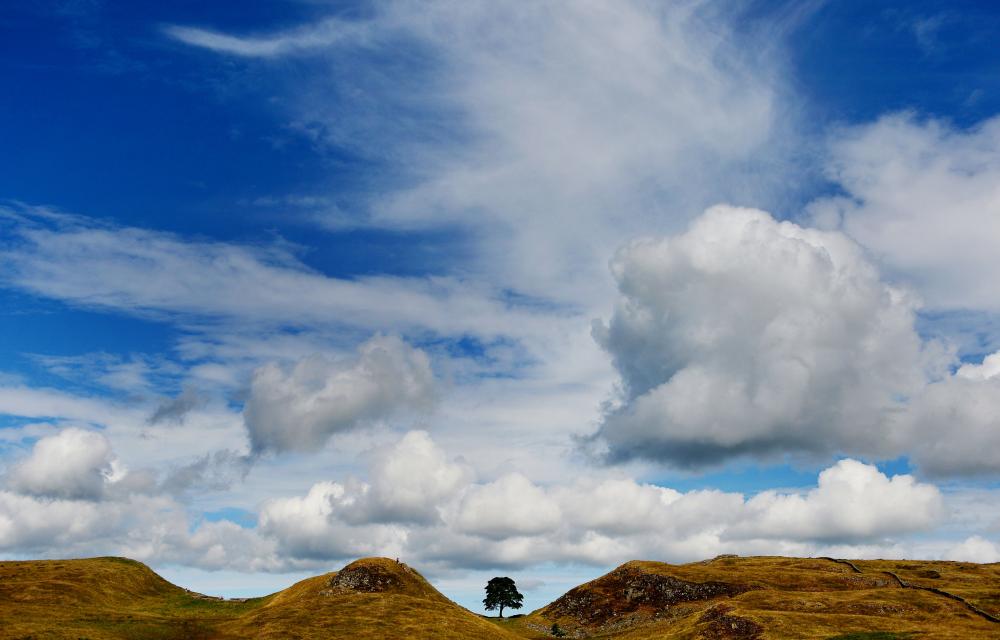
It had been an iconic symbol of the area, standing tall for about 300 years in a natural dip in the landscape alongside Hadrian’s Wall.
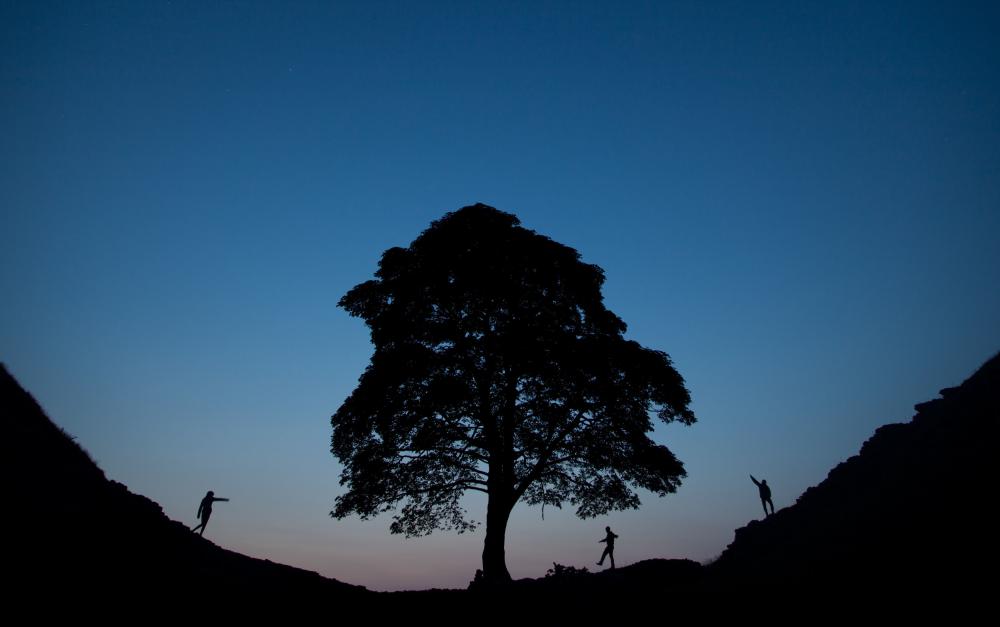
The tree was not just a beloved landmark, but held a special place in the hearts of many and decorated memorial pebbles were often left at the site.
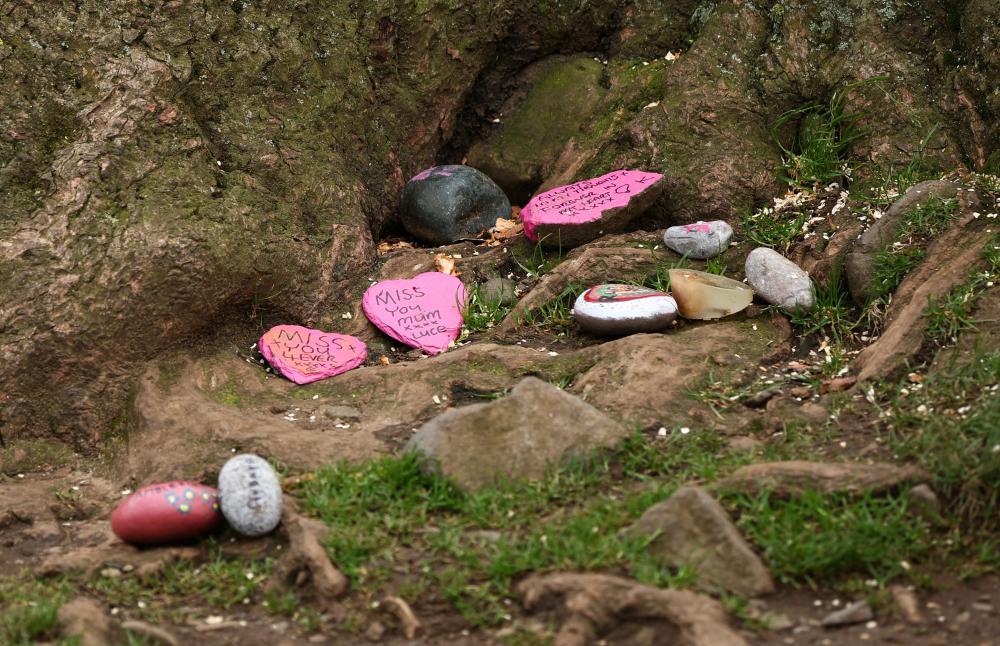
Two men have now been jailed for illegally cutting down the tree and damaging Hadrian’s Wall, a Unesco World Heritage Site and protected monument. Daniel Graham and Adam Carruthers were both sentenced to four years and three months in prison.
The judge, who described the tree as “symbol of the untamed beauty” of the landscape around Hadrian’s Wall, said she couldn’t be sure what the motive was but believed “bravado” and “thrill seeking” were a major factor.
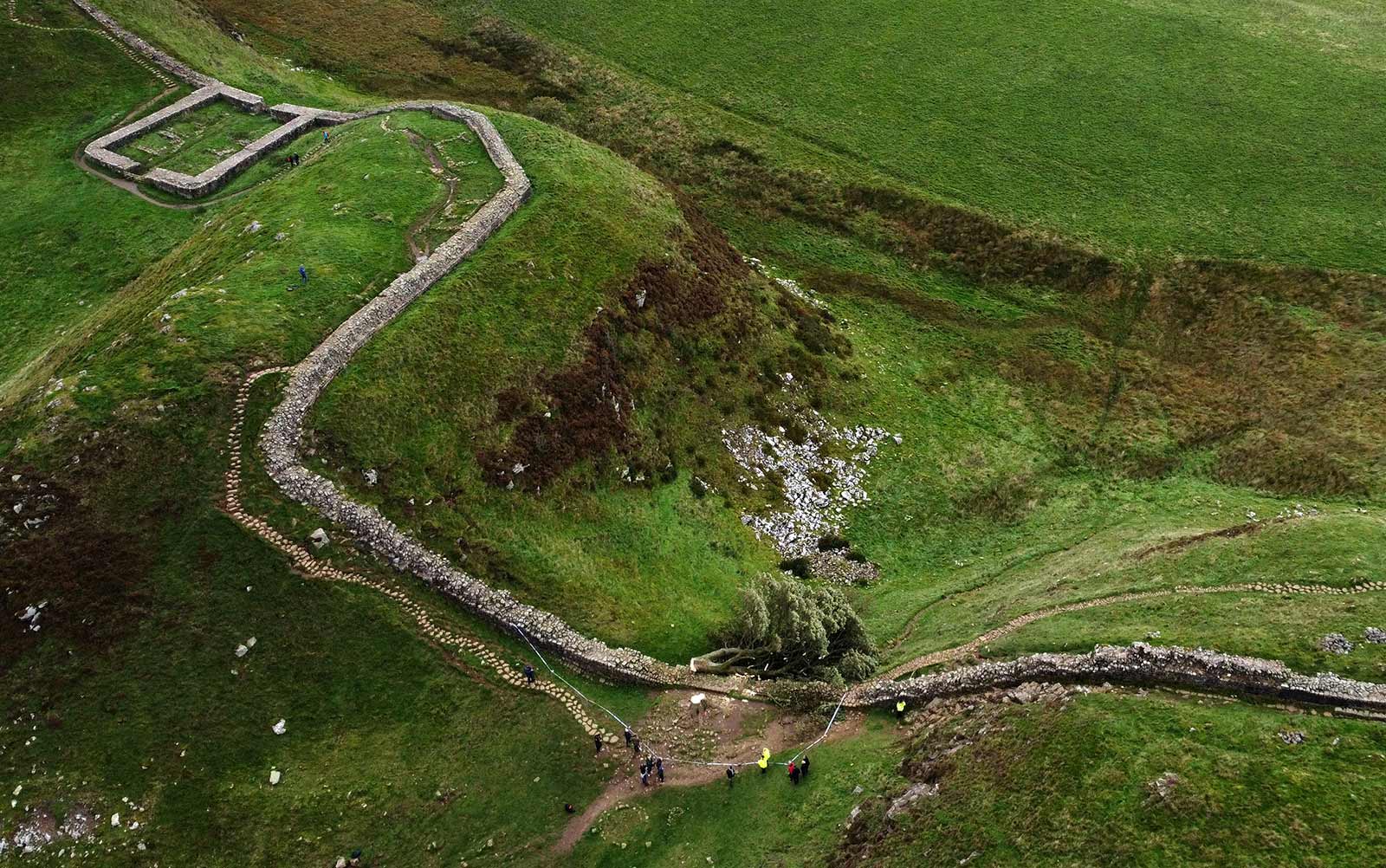
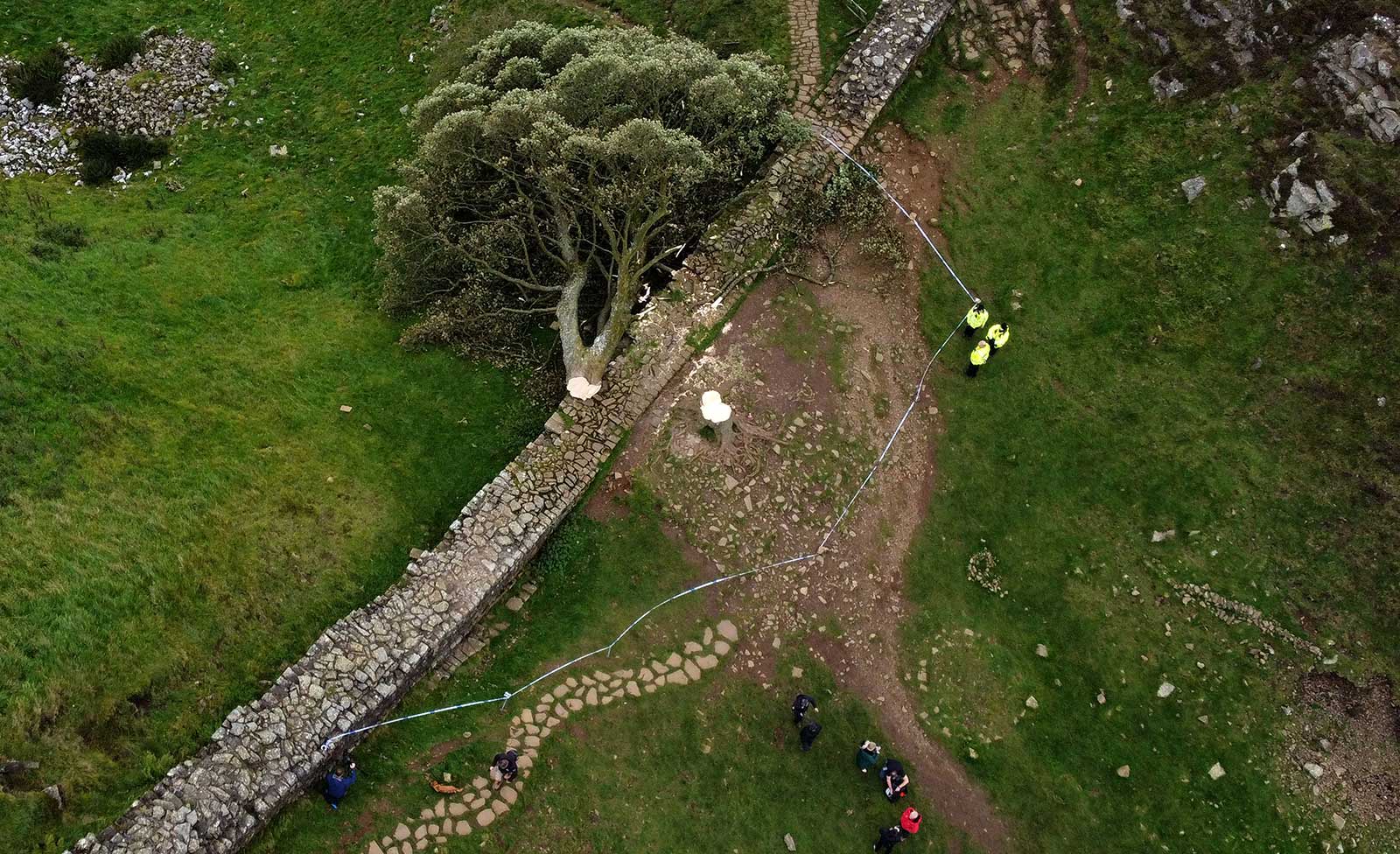
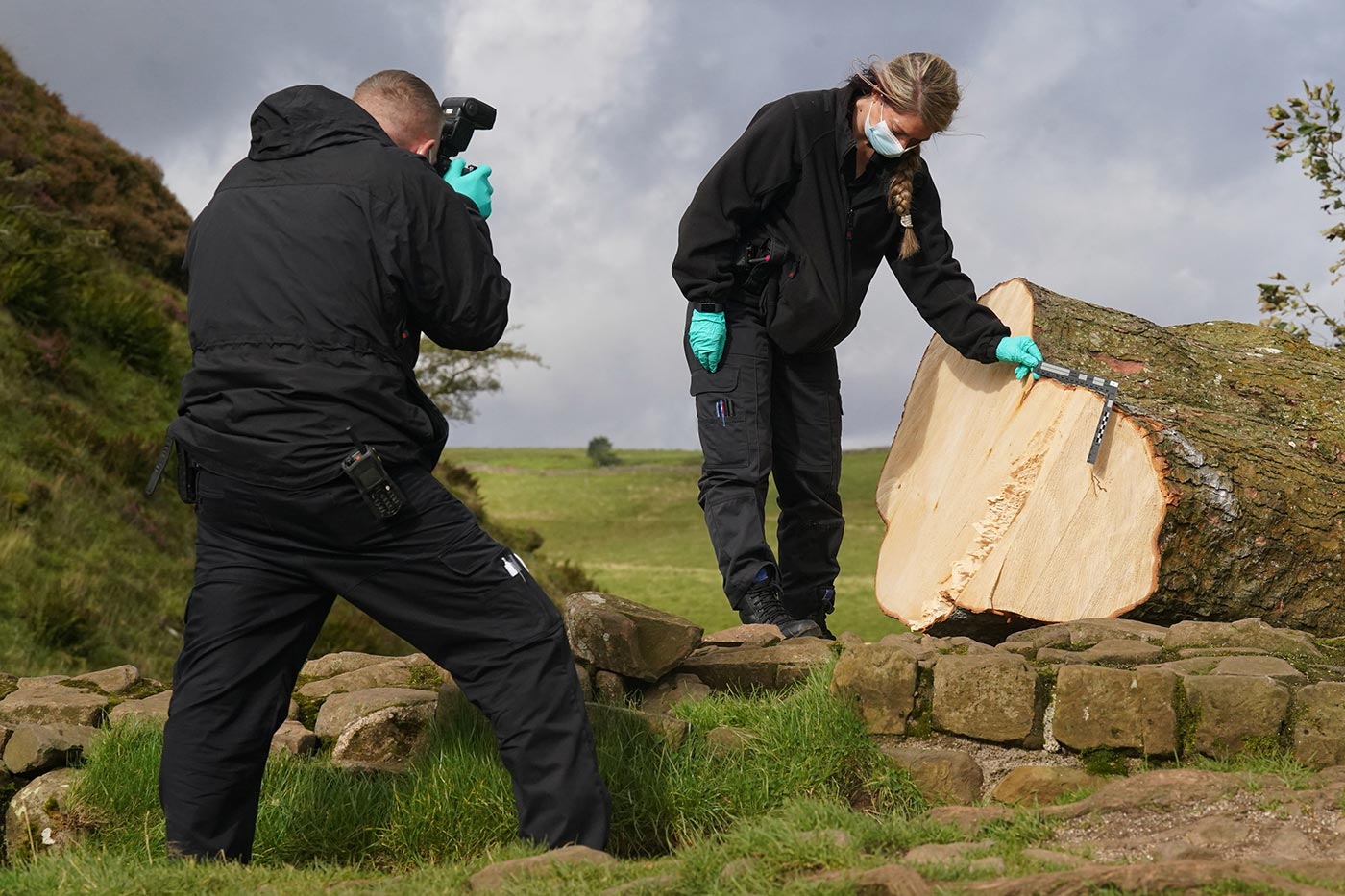
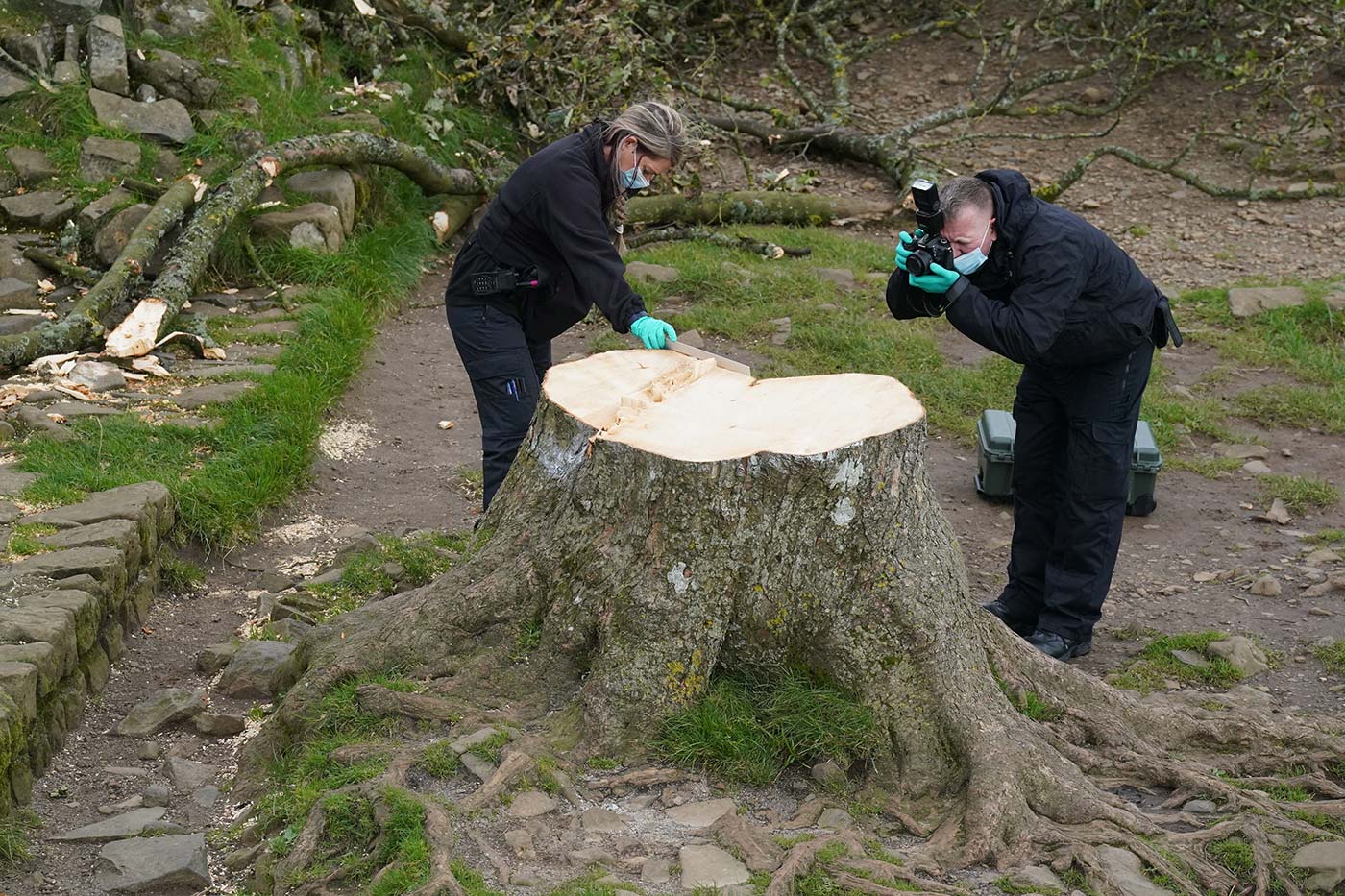
News of the tree’s felling sent shockwaves around the world, especially among nature lovers and landscape photographers.
Kris Hodgetts, a photographer from Blyth in Northumberland, told the BBC he thought it was a hoax at first. “We haven’t just lost another tree but a symbol of something natural in its perfect form which can’t be replaced by a statue or a memorial.”
Mr Hodgetts took the two photographs below during a night visit to Sycamore Gap in 2019.

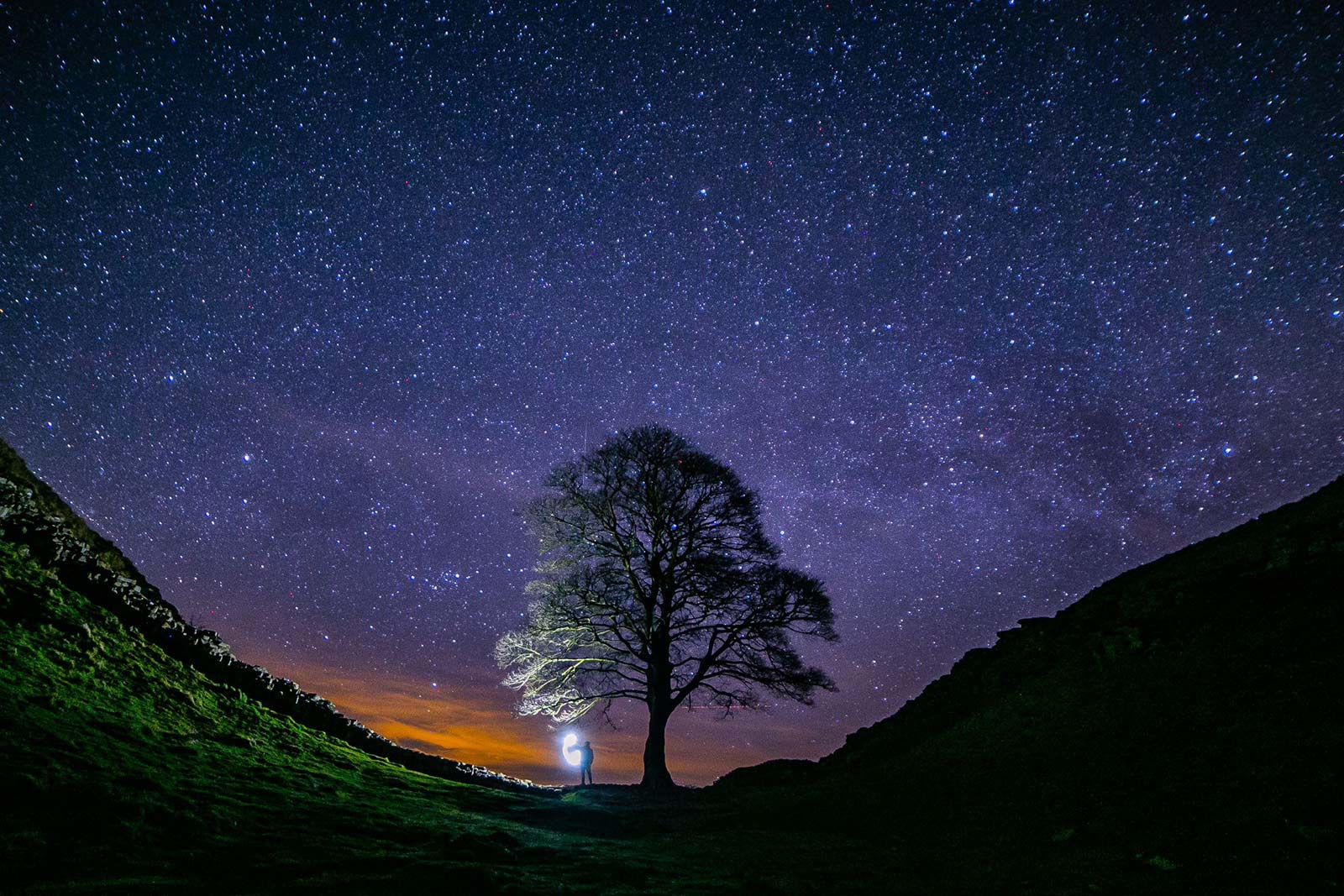
The beloved landmark was named Tree of the Year in 2016 and was hugely popular with photographers.



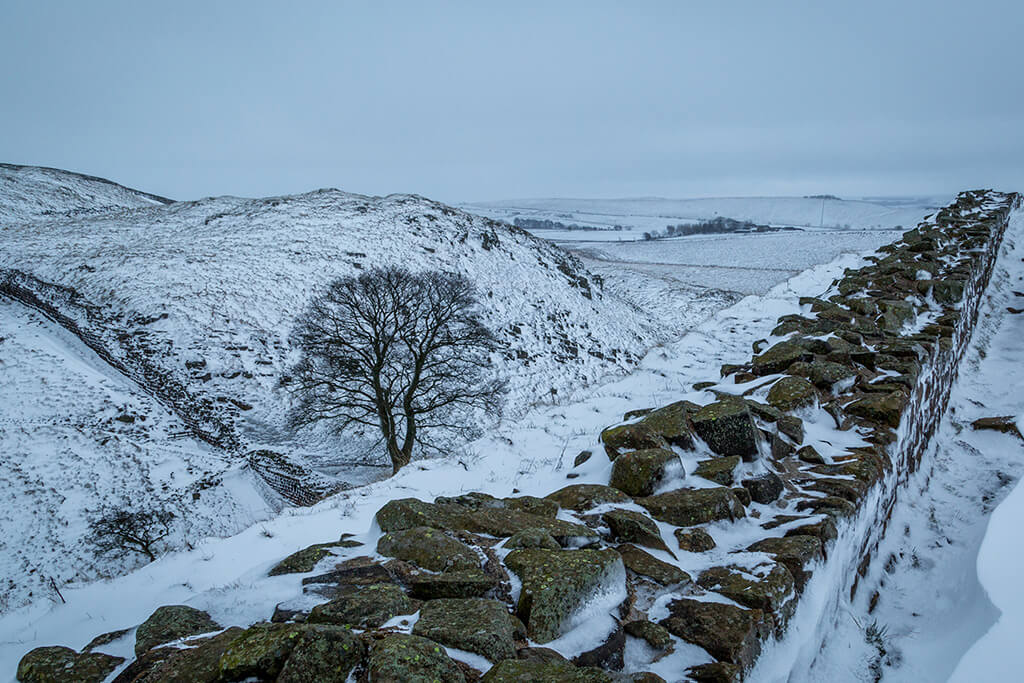
The incident was not the end of the iconic tree and shoots have started to appear at the stump, although it will be decades until it is a visible presence on the landscape again.
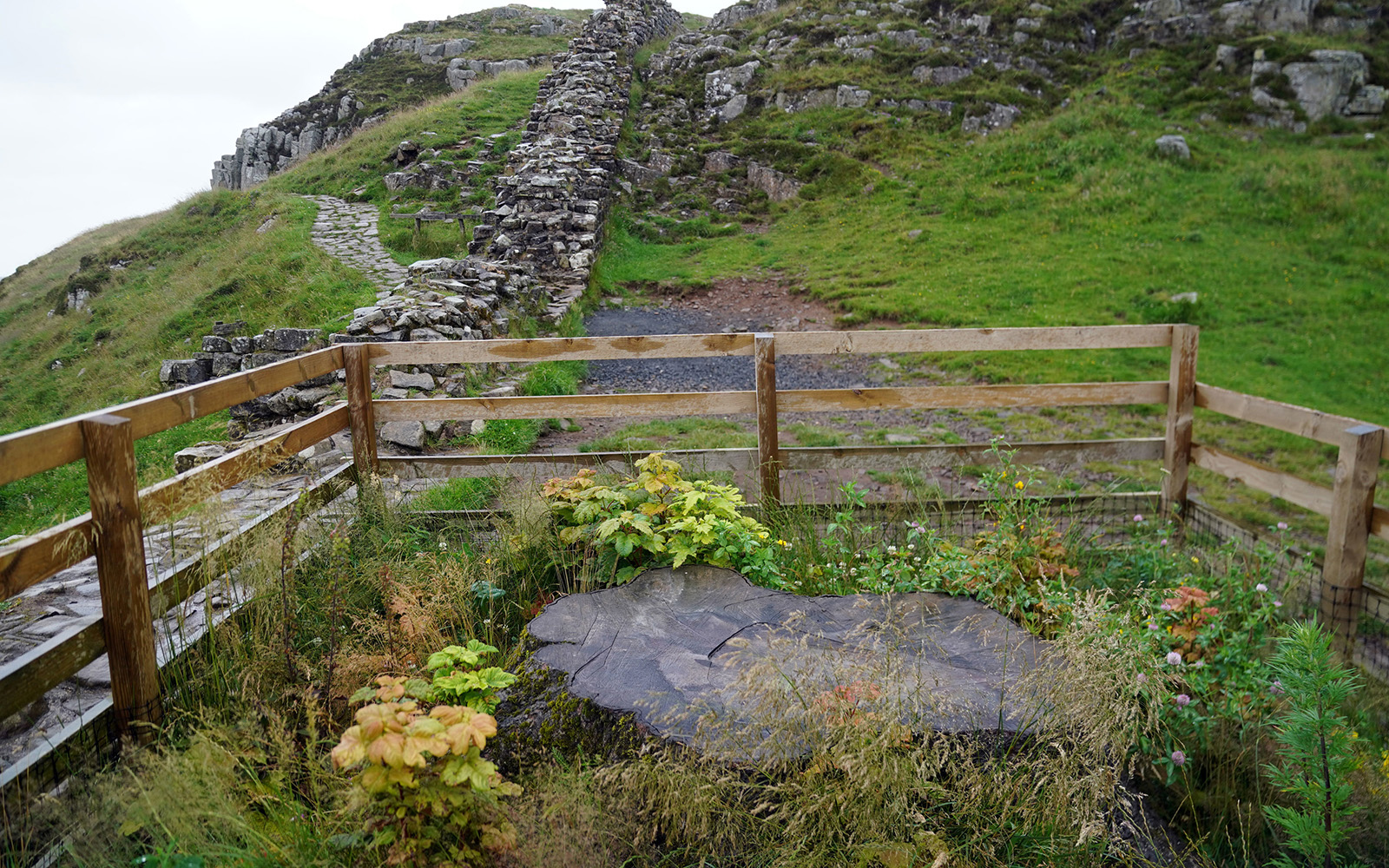
People can touch the old trunk at an exhibit at the Sill National Landscape Discovery Centre and seedlings grown from seeds collected from the fallen sycamore will be planted across the country.
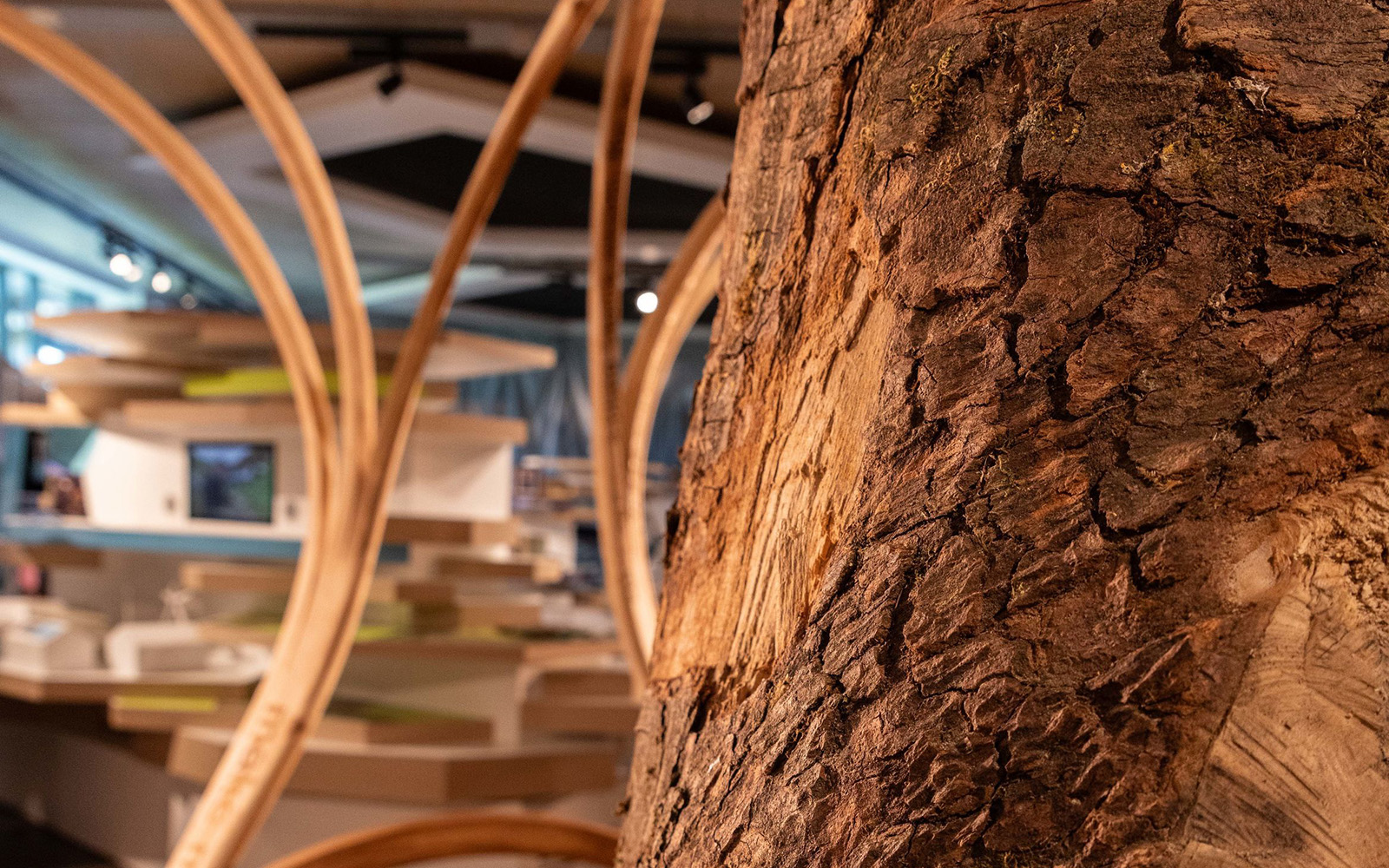

This article was first published on 30 September 2023
More on the story

It was absolute perfection for photographers’
Shoots could regrow from felled tree, says trust
The fate of the Sycamore Gap tree has shed light on a deeper concern
Fonte: Revista Oeste




